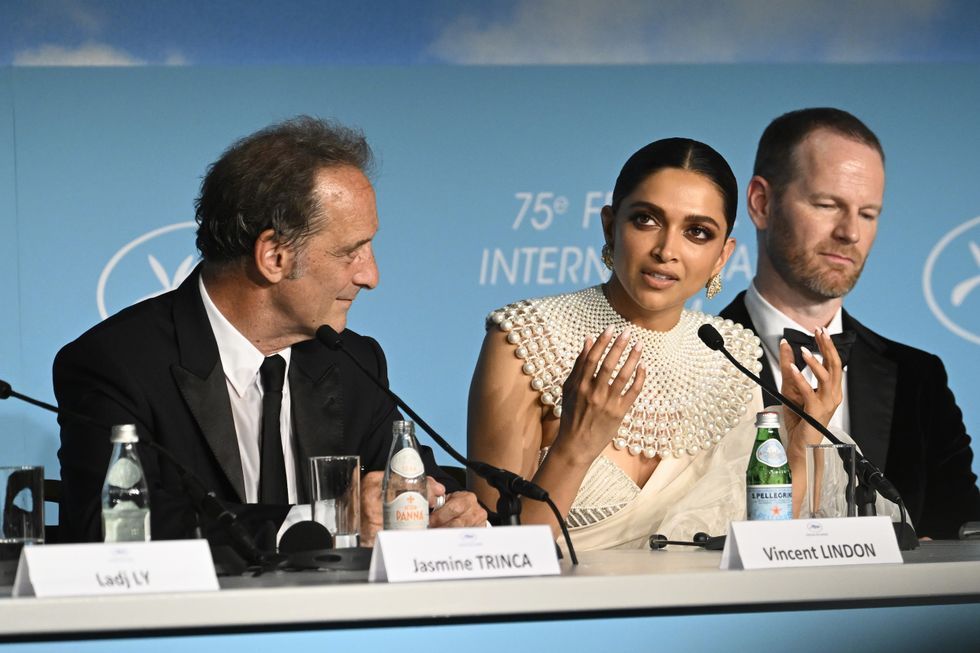INDIAN captain Rohit Sharma said his team's seven-wicket win inside two days over South Africa in the second Test at Newlands on Thursday (4) had shown their ability to play anywhere in the world.
India bounced back from an innings defeat in the first Test in Centurion to share the two-match series, chasing down a target of 79 an hour after lunch despite a stunning century by home batsman Aiden Markram.
The victory was set up by man of the match Mohammed Siraj, who took six for 15 in the first innings as South Africa were skittled for 55 before lunch on the first day.
Apart from Markram, who hit 106 off 103 balls in South Africa's second innings of 176, batsmen struggled throughout the match on a pitch with pace, seam movement and uneven bounce.
"Even though the conditions were tough for the batters the bowlers still had to get the ball in the right areas," said Sharma.
"We batted well to get a hundred run lead. We knew it was going to be a short match and every run mattered. To get that lead was very important for us.
"To come to this part of the world is always challenging but in the last four or five years we have become a very good travelling team.
"For us to come out here and win like this gives us a lot of confidence that we can perform under any conditions."
Dean Elgar, South Africa's stand-in captain in his last match before retiring from international cricket, admitted the hosts had misread the pitch in deciding to bat first after winning the toss.
"To the naked eye it looked like quite a nice one but it played totally different from what everyone thought it would play," said Elgar, who was named along with Jasprit Bumrah as players of the series.
"It was a tough one for us.
"We were pretty positive coming into this game.
"The first innings killed us with the bat. India brought their intensity and used the conditions superbly."
After 23 wickets fell on the first day, the second morning turned into a battle between Markram and Bumrah.
The Indian bowler took six for 61 – and was denied the wicket of Markram when the batsman, on 71, edged a drive and wicketkeeper KL Rahul could not hold a catch above his head.
Markram defied a pitch on which the next highest individual score was 46 by Virat Kohli in India's first innings.
The next best of any of Markram's teammates in either innings was 15.
Markram hit 17 fours and two sixes, one of which, off Prasidh Krishna, sailed out of the ground and onto a railway line beyond square leg.
The 29-year-old was eventually out caught at mid-off by Indian captain Rohit Sharma off Siraj attempting another big shot.
(AFP)
















 Deepika Padukone to get Hollywood Walk of Fame star Getty Images
Deepika Padukone to get Hollywood Walk of Fame star Getty Images  Jury Member Deepika Padukone attend the Palme D'or winner press conference Getty Images
Jury Member Deepika Padukone attend the Palme D'or winner press conference Getty Images  Deepika Padukone honoured with Hollywood star in 2026 Getty Images
Deepika Padukone honoured with Hollywood star in 2026 Getty Images  Deepika Padukone becomes Walk of Fame honouree in 2026Getty Images
Deepika Padukone becomes Walk of Fame honouree in 2026Getty Images 
 Hatul Shah
Hatul Shah
